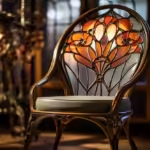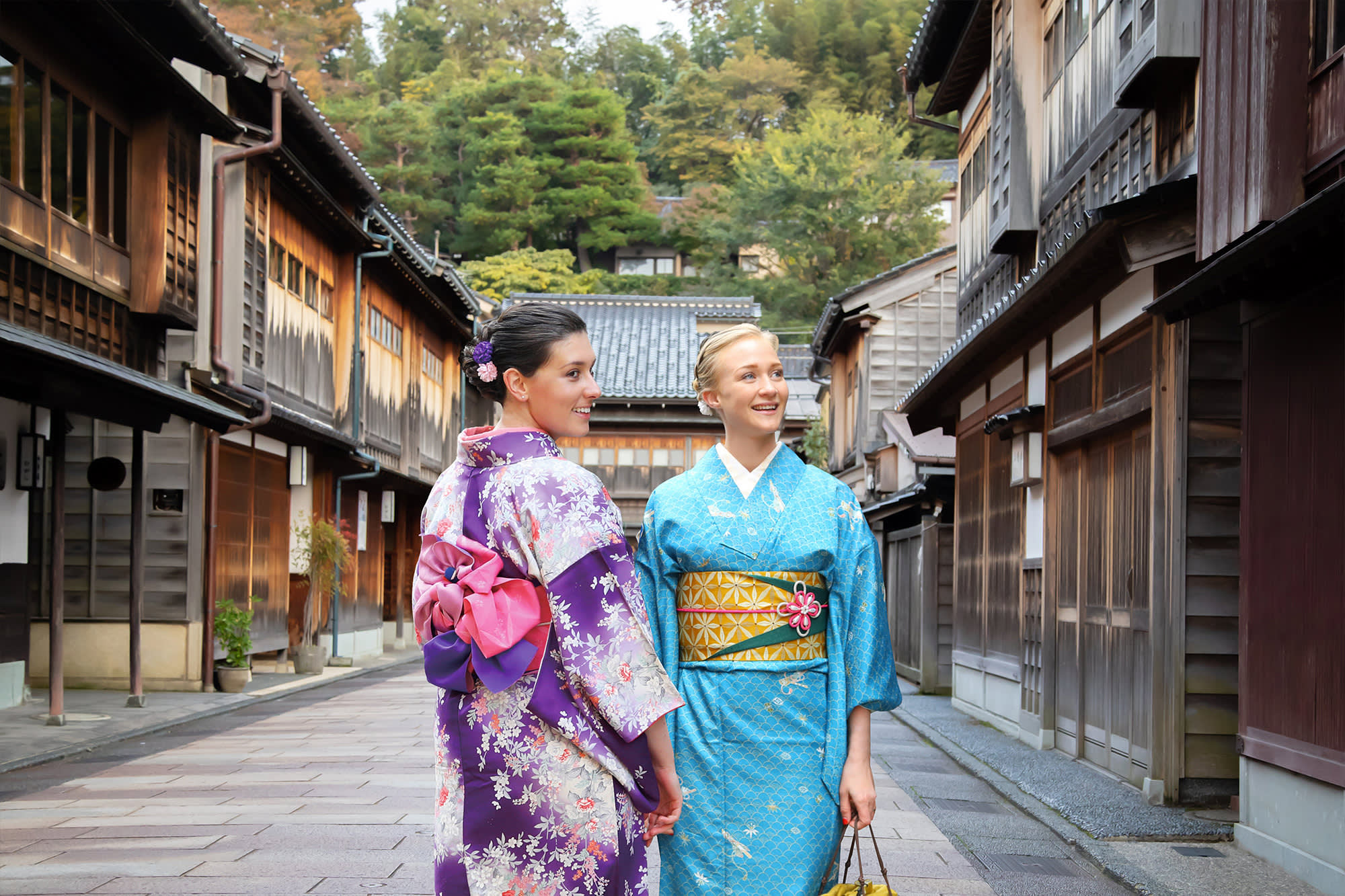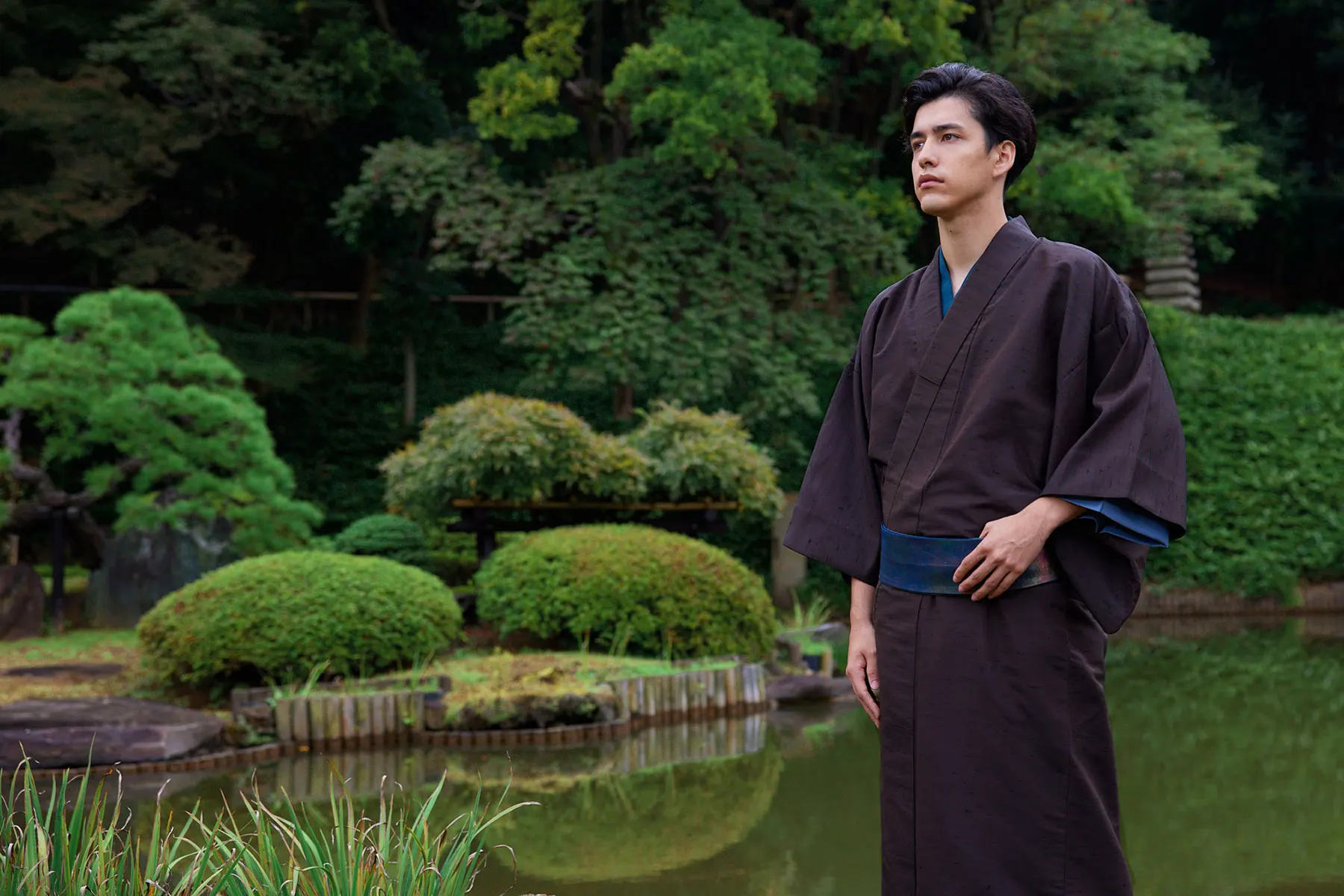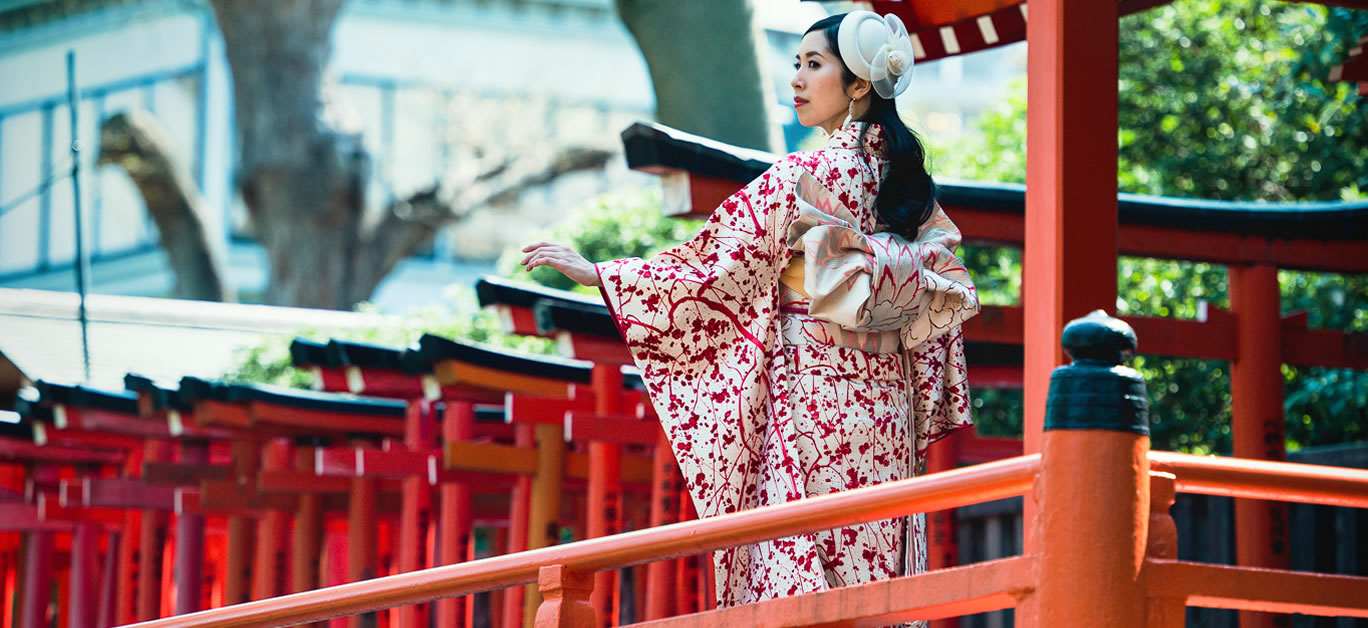In the world of fashion, few garments boast the timeless elegance and cultural significance of the kimono. This traditional Japanese attire has gracefully transitioned from its ancient roots to modern-day wardrobes, captivating the hearts of fashion enthusiasts worldwide. Whether you’re a history buff, a fashionista, or someone seeking to add a touch of sophistication to your style, the kimono offers a rich tapestry of stories, styles, and symbolism.
Introduction to the Kimono’s Rich Heritage
The kimono, with its origins dating back over a thousand years, is more than just a piece of clothing—it’s a symbol of Japanese culture and heritage. Traditionally worn by men, women, and children, the kimono’s design, fabric, and colors often denote a wearer’s age, marital status, and occasion. The intricate craftsmanship involved in creating a kimono speaks volumes about Japan’s dedication to artistry and tradition.
Modern fashion has embraced the kimono, blending its classic features with contemporary aesthetics. Today, you can find kimonos not only in traditional ceremonies but also on runways, in everyday streetwear, and even in high-end fashion boutiques. This blog post will take you on a fascinating journey through the world of kimonos, exploring its history, types, styling tips, and more.
The Historical Journey of the Kimono
The Birth of the Kimono
The kimono’s history can be traced back to the Heian period (794-1185), where it began as a simple garment called the “kosode.” Over the centuries, the kosode evolved into the kimono we know today, with influences from various Japanese eras. Each era brought its unique touch, from the intricate patterns of the Muromachi period to the bold colors of the Edo period.
Cultural Significance Through the Ages
Throughout Japanese history, the kimono has played a significant role in society. It was not merely clothing but a representation of one’s social status and personal expression. Samurai warriors, for example, wore kimonos that reflected their rank and family crest, while geishas adorned kimonos with vibrant patterns and luxurious fabrics to captivate their audience.
The Evolution into Modern Fashion
In recent years, the kimono has experienced a resurgence in popularity, thanks to contemporary designers who have reimagined this traditional attire for the modern wardrobe. From casual kimono-inspired jackets to formal evening wear, the kimono’s versatility has made it a staple in global fashion.
Types of Kimonos and Their Unique Features
Furisode
The furisode, characterized by its long, flowing sleeves, is typically worn by young, unmarried women. Often made from silk and adorned with elaborate patterns, the furisode is a popular choice for coming-of-age ceremonies and weddings. Its vibrant colors and luxurious designs symbolize youth and elegance.
Yukata
The yukata, a more casual version of the kimono, is usually made from lightweight cotton. Worn during summer festivals and hot spring resorts, the yukata is comfortable and easy to wear. It features simpler patterns and is often paired with wooden sandals called “geta.”
Tomesode
The tomesode is a formal kimono worn by married women. It is distinguished by its shorter sleeves and elaborate designs, often featuring family crests and intricate embroidery along the hem. The tomesode comes in two variations—black (kurotomesode) for formal occasions and colored (irotomesode) for less formal events.
How to Style Your Kimono for Modern Wear
Casual Chic
For an effortlessly stylish look, pair a kimono jacket with jeans and a basic tee. This combination strikes the perfect balance between traditional and contemporary, making it ideal for a day out or a casual gathering. Opt for neutral tones or subtle patterns to keep the look understated yet chic.
Elegant Evening
Transform your kimono into a sophisticated evening ensemble by choosing one with rich fabrics and intricate designs. Pair it with a sleek dress or tailored pants, and complete the look with statement jewelry and elegant heels. This outfit is perfect for formal dinners, theater outings, or special occasions.
Boho Vibes
Channel your inner bohemian by draping a kimono over a flowy maxi dress or a simple sundress. Add some layered necklaces, a wide-brimmed hat, and ankle boots for a free-spirited, festival-ready look. Play with bold patterns and vibrant colors to make a statement.
The Art of Wearing a Kimono
Proper Layering Techniques
Wearing a kimono involves several layers, each contributing to the garment’s overall aesthetic and structure. Start with an undergarment called “hadajuban,” followed by a “nagajuban” to protect the outer kimono. The outer kimono is then wrapped and secured with an “obi” belt. Mastering these layers ensures a polished and authentic appearance.
The Perfect Obi Knot
The obi belt is a crucial element of the kimono, often acting as the focal point of the outfit. There are various ways to tie the obi, each suited for different occasions. The “taiko musubi” knot, resembling a drum, is a common choice for formal events, while the “bunko musubi” knot, resembling a butterfly, is ideal for casual wear.
Accessorizing Your Kimono
Accessories play a significant role in enhancing the kimono’s beauty. Traditional accessories include “obijime” cords, “haneri” collars, and “katsura” wigs for formal occasions. For a modern twist, consider adding a statement necklace, bold earrings, or a stylish handbag to your kimono ensemble.
Maintaining and Caring for Your Kimono
Proper Storage Techniques
To keep your kimono in pristine condition, store it in a cool, dry place away from direct sunlight. Use a breathable garment bag to prevent moisture buildup and protect the fabric from dust and insects. Avoid hanging the kimono for extended periods, as it may cause the fabric to stretch.
Cleaning and Preservation
Given the delicate nature of kimono fabrics, professional cleaning is recommended. Find a reputable dry cleaner experienced in handling traditional garments. For minor stains, use a gentle, pH-neutral detergent and a soft cloth to dab the affected area—never rub it.
Repair and Restoration
Over time, your kimono may require repairs due to wear and tear. Seek out skilled artisans who specialize in kimono restoration to mend any damages. Regular maintenance, such as reinforcing seams and replacing worn-out linings, will extend the life of your kimono.
The Symbolism Behind Kimono Patterns and Colors
Nature-Inspired Motifs
Kimono patterns often feature elements from nature, such as cherry blossoms, cranes, and waves. Each motif carries its own symbolism, with cherry blossoms representing beauty and transience, cranes symbolizing longevity and happiness, and waves signifying strength and resilience.
Seasonal Themes
Seasonal themes are prevalent in kimono designs, with specific patterns and colors corresponding to different times of the year. Spring kimonos may feature pastel hues and floral motifs, while autumn kimonos showcase warm tones and leaf patterns. Wearing seasonally appropriate kimonos reflects an appreciation for nature’s cycles.
Cultural Icons
Some kimono designs incorporate cultural icons like fans, lanterns, and temples. These elements not only enhance the garment’s visual appeal but also convey a deeper connection to Japanese heritage. Wearing such kimonos can evoke a sense of pride and reverence for tradition.
The Global Influence of the Kimono
Kimonos on the Runway
The kimono’s impact on global fashion is undeniable, with many renowned designers incorporating kimono elements into their collections. From Alexander McQueen to John Galliano, the kimono’s silhouette, patterns, and craftsmanship have inspired countless runway looks, bridging the gap between East and West.
Celebrity Endorsements
Celebrities worldwide have embraced the kimono, wearing it both on and off the red carpet. From Rihanna to Kim Kardashian, the kimono’s versatility and elegance make it a favorite among fashion icons. Their endorsements have further popularized the kimono, introducing it to new audiences.
Street Style and Everyday Wear
The kimono’s influence extends beyond high fashion, permeating everyday street style. Fashion-forward individuals worldwide are incorporating kimonos into their daily outfits, pairing them with everything from denim shorts to tailored suits. This trend showcases the kimono’s adaptability and timeless appeal.
The Future of the Kimono in Fashion
Sustainable Fashion Movement
The fashion industry is increasingly focusing on sustainability, and the kimono fits seamlessly into this movement. With its emphasis on quality craftsmanship and timeless design, the kimono promotes slow fashion principles. Investing in a well-made kimono reduces the need for fast fashion purchases, contributing to a more sustainable wardrobe.
Hybrid Designs
Modern designers are experimenting with hybrid designs that blend traditional kimono elements with contemporary fashion. These creations offer a fresh take on the classic kimono, appealing to younger generations and ensuring the garment’s continued relevance in the fashion world.
Digital Influence
The rise of digital platforms and social media has made it easier for people to discover and purchase kimonos. Online boutiques and virtual marketplaces offer a wide range of kimono styles, making it accessible to a global audience. Influencers and fashion bloggers play a pivotal role in promoting kimonos, sharing styling tips and inspiring new trends.
Conclusion
The kimono, with its rich history and timeless elegance, continues to captivate and inspire. From its traditional roots in Japan to its modern interpretations on global runways, the kimono is a testament to the enduring appeal of quality craftsmanship and thoughtful design. Whether you’re looking to incorporate a touch of sophistication into your wardrobe or explore the cultural significance of this iconic garment, the kimono offers endless possibilities.
Ready to redefine your style with the timeless elegance of a kimono? Explore our curated collection and discover the perfect piece to elevate your wardrobe. Join our community of fashion enthusiasts who celebrate tradition and innovation. Start your kimono journey today!












